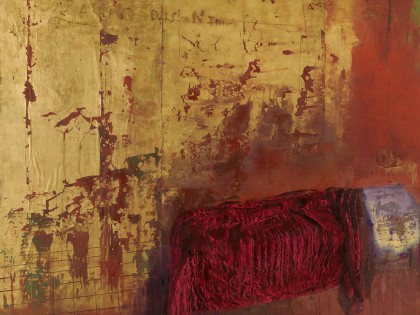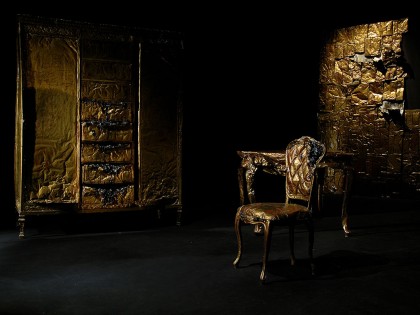Artist career
The pictorial works of Vaquero are developed in the field of figuration, always going very deeply into materic properties. His search concentrates on the fundamental problems of light and space, and the duality that exists between flat space and three-dimensional space.
His gaze focuses on the elements that make up contemporary culture and knowledge, and he then represents this within symbolic spaces.
Julio Vaquero composes the objects and spaces inside his studio and then gives them a natural treatment in his painting, creating a dialogue between painting as a traditional representation and as an experience in the real space that has created it.
Work in museums and collections
- Museu del Fútbol Club Barcelona, Barcelona.
- Museo de Pintura de Valdepeñas, Ciudad Real.
- Col·lecció Testimoni. La Caixa, Barcelona.
- Col·lecció Editorial Planeta, Barcelona.
- Col·lecció Ernesto Ventós, Barcelona.
- Colección Hesperia, Madrid.
- Colección Luis Infante, Madrid.
- Cortes Regionales de Castilla-La Mancha, Toledo.
- Fundació Sorigué, Lleida.
- Fundación Lilly, Madrid.
- Fundació Vila Casas, Barcelona


